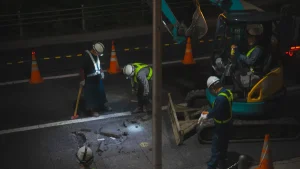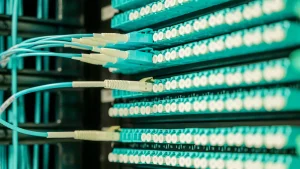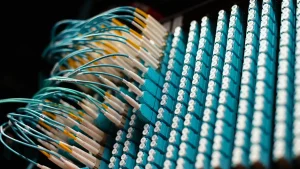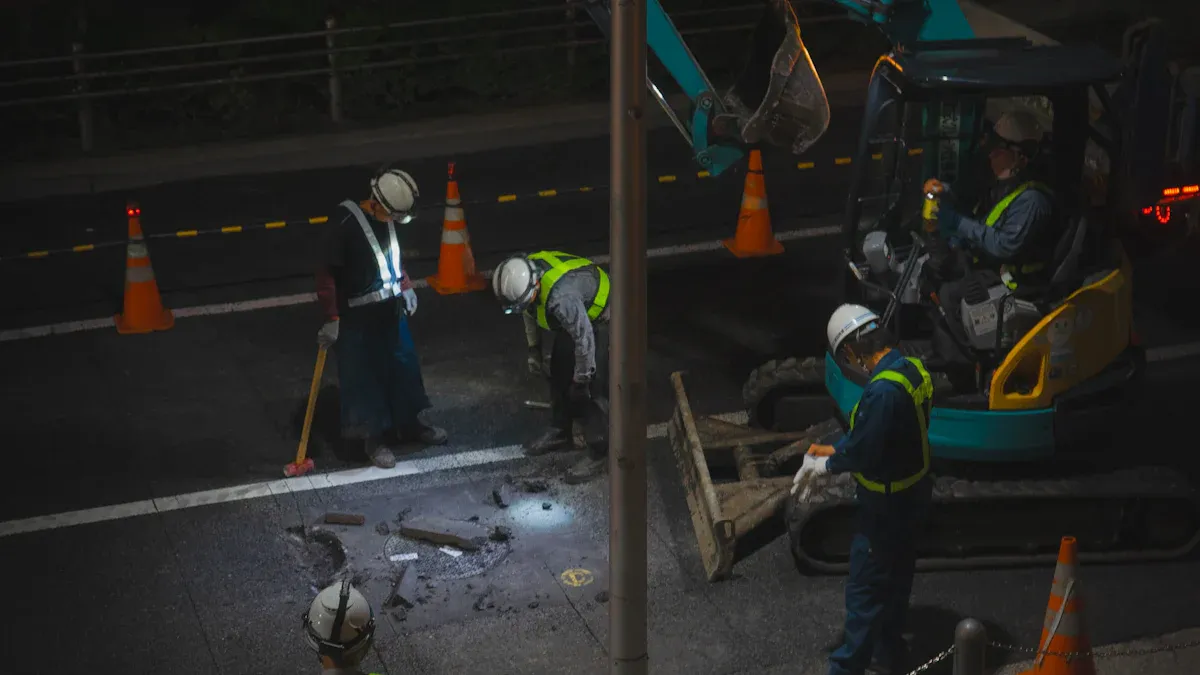
Factories in Japan prioritize fire-resistant cable trays to enhance safety and operational reliability. These trays minimize fire risks, safeguarding workers and expensive equipment. By meeting the Japan JIS Standard, they ensure compliance with stringent fire safety regulations. Their durability also makes them an economical choice for long-term industrial use.
Key Takeaways
- Fire-resistant cable trays make factories safer by lowering fire risks. They protect workers and equipment from fire damage.
- Following the Japan JIS Standard helps factories follow strict fire safety rules. This builds a safe and reliable workplace.
- Strong cable trays cost less over time. They need less fixing and avoid costly repairs.
Safety and Fire Prevention
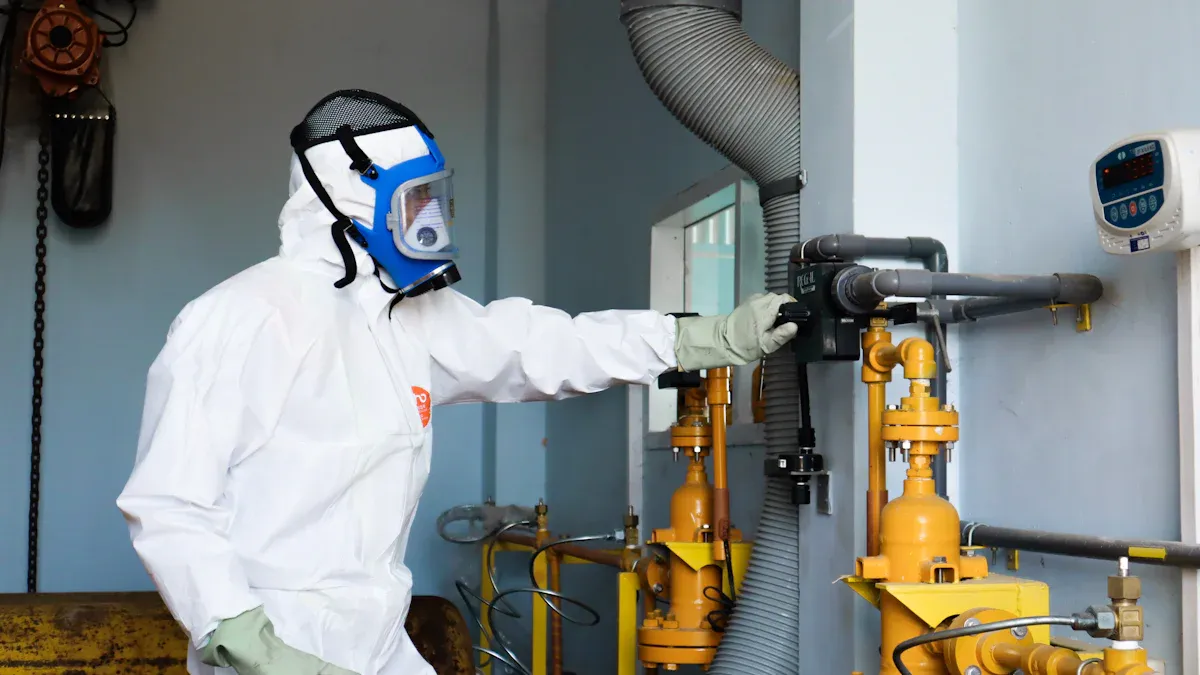
Reducing Fire Risks in Industrial Operations
Fire-resistant cable trays play a critical role in minimizing fire hazards in industrial settings. Factories often deal with complex electrical systems, where poorly managed cables can become a fire risk. By using these trays, factories can organize cables neatly, making them easier to inspect and maintain. This organization reduces the chances of overheating or short circuits, which are common causes of industrial fires.
Additionally, the design of fire-resistant cable trays complies with safety standards, such as the Japan JIS Standard. This ensures that the trays can withstand high temperatures and prevent the spread of flames. Proper installation and regular maintenance further enhance their effectiveness. When factories follow these practices, they create a safer environment for operations.
Protecting Workers and Equipment from Fire Damage
Fires in factories can cause devastating damage to both people and property. Fire-resistant cable trays act as a protective barrier, shielding cables from heat and flames. This protection helps prevent electrical failures that could lead to larger fires. Workers benefit from this added safety, as it reduces the risk of injuries caused by fire-related incidents.
Moreover, these trays safeguard expensive machinery and infrastructure. By containing potential fire hazards, they minimize the likelihood of costly repairs or replacements. Factories that invest in fire-resistant cable trays not only protect their workforce but also ensure the longevity of their equipment. This dual benefit makes these trays an essential component of industrial safety strategies.
Compliance with Japan JIS Standard
Meeting Stringent Fire Safety Regulations
Japanese factories take fire safety seriously, and their commitment shows in their use of fire-resistant cable trays. These trays help them meet the strict requirements of the Building Standard Law. This law ensures that cables pass rigorous flame spread and circuit integrity tests. Factories must also prepare for seismic events, which are common in Japan. By using cable trays that can handle both fire and earthquakes, they reduce risks and protect their operations.
Manufacturers like Fujikura go the extra mile to support these efforts. They invest heavily in research to develop testing protocols that combine fire and seismic safety. This dedication ensures that factories not only meet but exceed safety standards. It also reflects the importance of compliance in maintaining a safe and efficient industrial environment.
Ensuring Adherence to Industrial Codes and Guidelines
Adhering to industrial codes is not just about following rules. For Japanese factories, it’s about creating a culture of safety and reliability. The Japan JIS Standard plays a key role here. It provides clear guidelines for the design and performance of fire-resistant cable trays. Factories rely on these standards to ensure their systems are up to par.
By sticking to these codes, factories avoid penalties and maintain their reputation. More importantly, they ensure the safety of their workers and equipment. The use of fire-resistant cable trays simplifies compliance, making it easier for factories to meet regulatory demands. This approach not only protects their operations but also builds trust with stakeholders.
Durability and Cost-Effectiveness
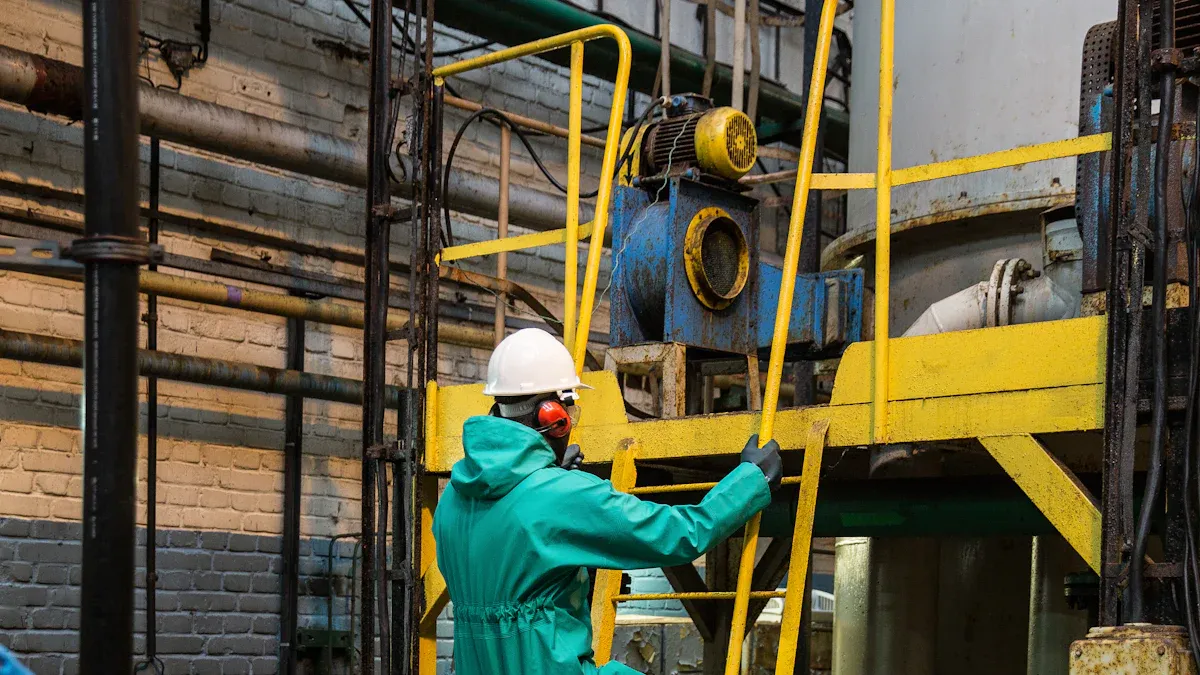
Material Strength and Long-Term Reliability
Fire-resistant cable trays are built to last. Factories in Japan rely on these trays because they are made from high-quality materials like steel or aluminum. These materials can withstand harsh industrial environments, including high temperatures, humidity, and even chemical exposure. This durability ensures that the trays remain functional for years, even under challenging conditions.
Another key feature is their ability to maintain structural integrity during emergencies. For example, during a fire, these trays resist warping or melting, which helps protect the cables inside. This reliability is crucial for factories that operate 24/7 and cannot afford interruptions. By meeting the Japan JIS Standard, these trays guarantee consistent performance and safety, giving factories peace of mind.
Reducing Maintenance and Replacement Costs
Durable cable trays don’t just last longer—they also save money. Factories spend less on maintenance because these trays require minimal upkeep. Their robust design reduces the chances of wear and tear, even in demanding environments. This means fewer inspections, repairs, and replacements over time.
Additionally, fire-resistant trays help prevent costly damage to cables and equipment. By containing potential fire hazards, they reduce the risk of expensive downtime or repairs. For factories, this translates to significant savings in the long run. Investing in these trays is not just about safety; it’s also a smart financial decision.
Fire-resistant cable trays are a game-changer for Japanese factories. They boost safety, cut costs, and meet strict regulations.
| Benefit | Description |
|---|---|
| Enhanced Safety | Cable trays reduce the risk of tripping, short-circuiting, and electrical fires by keeping wires elevated and grounded. |
| Cost-effectiveness | They offer a low-cost solution for wire management, easy installation, and reduced maintenance expenses. |
Factories also rely on these trays to meet urban safety demands, like Tokyo’s high-rise code requiring circuit integrity for 120 minutes.
FAQ
What makes fire-resistant cable trays different from regular ones?
Fire-resistant trays withstand high temperatures and prevent flame spread. Regular trays lack this capability, making them less suitable for industrial environments with strict safety requirements.
Are fire-resistant cable trays expensive to install?
Not really! While the initial cost may be higher, their durability and low maintenance save money over time. They’re a smart investment for long-term safety and efficiency.
Why do Japanese factories prioritize compliance with the Japan JIS Standard?
The JIS Standard ensures safety, reliability, and performance. Factories comply to protect workers, meet legal requirements, and maintain their reputation for operational excellence.
💡 Tip: Always consult a certified installer to ensure proper installation and compliance with local safety standards.
